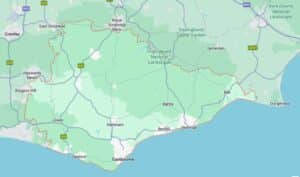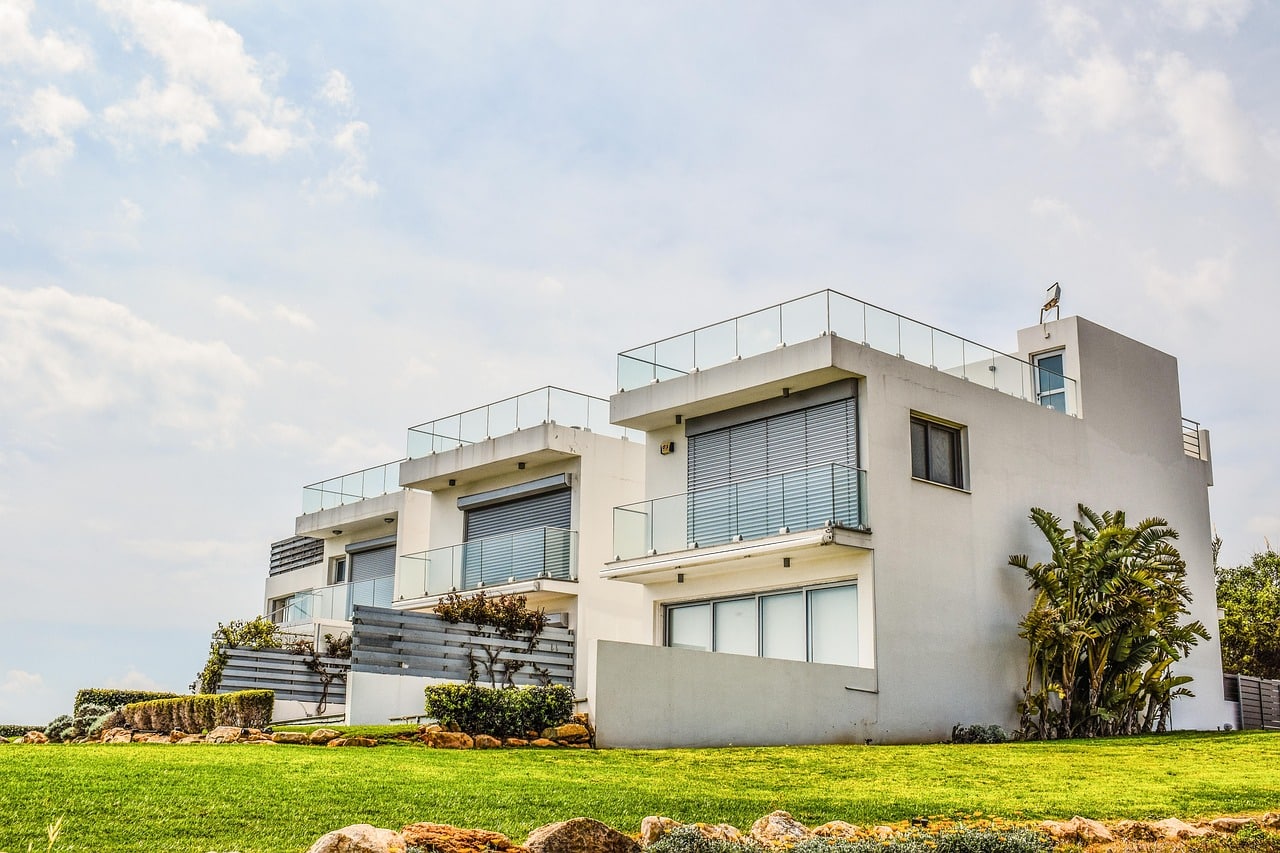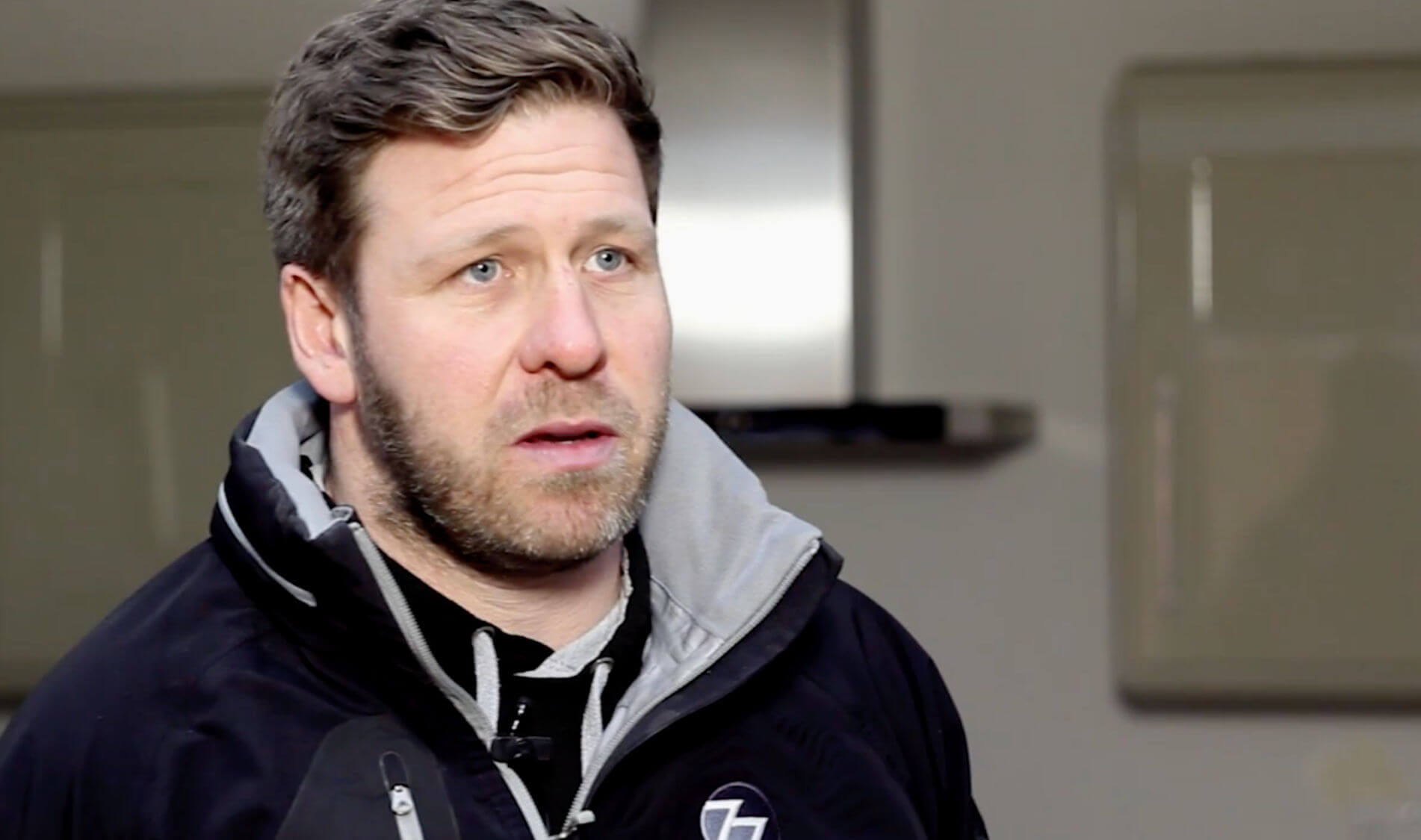In one of our recent insights pieces, we took some time to understand Why The South East Property Market is Booming. In it, we identified that while Kent was the region’s property hotspot, neighbouring East Sussex was the worst performer in terms of total number of new build sales, and the overall % of sales in the last year.
But why is that? Is there something specific about East Sussex that makes it difficult to develop property? Are there constraints on the market? And are developers missing out on a potential opportunity?
The East Sussex Property Market
East Sussex has the 9th highest average property prices of the 55 counties across England and Wales, with the average home costing £418,865, compared to the nationwide average of £353,000.
In the south east, Greater London, Surrey, Berkshire, Buckinghamshire, Oxfordshire and West Sussex all appear higher in the list. There is also a sizable spread of average prices by postcode, with the BN20 0 postcode (East Dean) to the west of Eastbourne posting the highest average prices at £840,000, with the BN21 3 postcode (Central Eastbourne) having the lowest at £224,000.
Elsewhere, Brighton & Hove also experiences high demand and house prices, as well as the north of the county, in the rural areas around Tunbridge Wells and Crowborough.
Why is East Sussex Property Development Slow?
There is no single reason why property development in East Sussex is lagging behind neighbouring counties, but rather a combination of factors creating the perfect storm.
Planning Officer Staff Shortages
Although a national problem, and something that Labour pledged to rectify, East Sussex is particularly affected by a lack of planning officers. In fact, in January 2025 it was estimated that the council was operating at just 64% capacity. This continues to have significant impacts on the processing and approval of planning applications, preventing developers from getting their projects off the ground.
The South Downs National Park & High Weald National Landscape
Although considered some of the jewels in Sussex’s crown, a significant portion of available land in East Sussex is covered by either the South Downs National Park (SDNP) or the High Weald National Landscape.
While exact figures are hard to pin down, the map below clearly shows how much land falls under the two areas, including around major urban areas such as Brighton & Hove (although not officially East Sussex), Eastbourne, Hastings and Crowborough.

While this countryside is what makes East Sussex so special, and so desirable to live in, it puts constraints on property development due to additional planning restrictions. In the larger towns and cities where people want to live, this puts a premium on land and development costs, eating into potential returns and/or pricing out buyers.
Regional Deprivation
Despite having the 9th highest average property prices of any county in the UK, East Sussex is also home to some of the most deprived areas in the country.
At a county level, median full-time earnings in 2024 were below the national average (£35,298 vs £37,617), and towns like Hastings, Bexhill and Eastbourne face issues with economic deprivation. In fact, five Eastbourne areas have consistently been featured in the most economically deprived 10% in England.
What Does This Mean for East Sussex Property Developers?
For property developers, high land and construction costs around population centres, planning delays, and potentially lower buyer purchasing power can make committing to projects harder. However, for larger property developments aimed at the higher end of the market, opportunities still exist.
New build homes came with an average price of £439,000 between July 2024 and June 2025, above the England and Wales average of £393,000.
When looking at sales broken down by price range, new builds priced between £300,000 and £500,000 make up 60% of all transactions during the period. Additionally, sales between £500,000 and £1m comprise 23.1% of the total.
By comparison, all sales for new build properties under £300,000 make up just 16.5% of the overall figure:
- £50k-£100k (3.1% of sales, 8 transactions)
- £150k-£200k (1.5%, 4)
- £200k-£250k (3.1%, 8)
- £250k-£300k (8.8%, 23)
- £300k-£400k (30.4%, 79)
- £400k-£500k (29.6%, 77)
- £500k-£750k (18.1%, 47)
- £750k-£1M (5.0%, 13)
- over £1M (0.4%, 1)
Securing Property Development Finance in East Sussex
If you have a project in mind in East Sussex and need to secure finance to bring it to life, we’ve got years of experience in funding successful property development projects across the South East.
We have a range of property development finance options to suit your needs, and we can typically offer an agreement in principle within a week. To find out more, contact us today!






